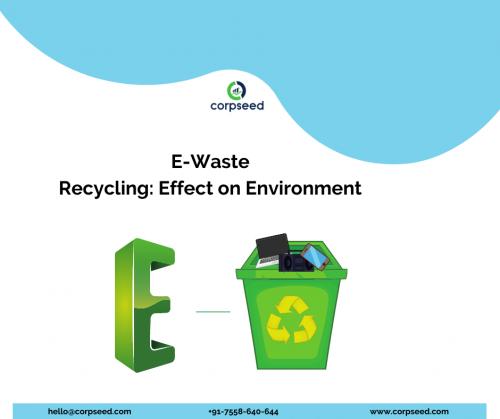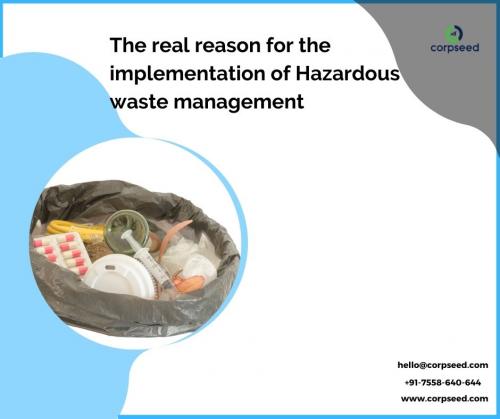Bio-Medical Waste Management | Bio-Medical Waste- Corpseed
All human activities generate waste. We all understand that
such waste may be dangerous and requires safe disposal. Industrial waste,
sewage and agricultural waste pollute water, air and soil. It can also be
hazardous to human beings and the environment. Similarly, hospitals and other
health care facilities create lots of waste, which can carry infections,
particularly HIV, Hepatitis B & C and Tetanus, to the people who handle it
or come in contact with it.
India produces around three million tonnes of medical wastes
every year, and the amount is expected to grow at eight percent annually.
Types of Bio-medical
waste
Bio-medical
waste means “any solid and liquid waste including its vessel and any
intermediate product, which is generated during the diagnosis, treatment or
immunization of human beings or animals or research activities about it or in
the production or testing of biological or in health camps.
Biomedical waste poses a hazard due to two principal reasons
– the first is infectivity and other toxicity.
The bio-Medical waste consists of
- Human
anatomical waste like tissues, body parts and organs
- Animal
wastes produced through research from veterinary hospitals
- Microbiology
and biotechnology wastes
- Waste
sharps like hypodermic needles, scalpels, syringes, and broken glass
- Discarded
medicines and cytotoxic drugs
- Soiled
waste such as dressing, bandages, material contaminated with blood,
plaster casts, tubes and catheters
- Liquid
waste from any of the infected areas
- Incineration
ash and another chemical waste
Personnel safety
devices
The use of protective gear should be made mandatory for all
personnel handling waste.
Gloves: Heavy-duty rubber gloves should be
applied for waste handling by the waste retrievers. This should be a bright
yellow color. After managing the waste, the gloves should be washed twice. The
gloves should be cleaned after each use with carbolic soap and a disinfectant.
The size should fit the operator.
Aprons, gowns, suits or other apparel: Apparel is worn to
prevent clothing contamination and protect the skin. It could be produced from
cloth or impermeable material such as plastic. People working in incinerator
rooms should have gowns or suits composed of non-inflammable material.
Masks: Various types of masks, goggles, and face
shields are worn alone or in combination to give a protective barrier. It is
compulsory for personnel operating in the incinerator chamber to wear a mask
covering both the nose and mouth, preferably a gas mask with filters.
Boots: Leg coverings, boots or shoe-covers
provide more excellent protection to the skin when splashes or large numbers of
infected waste have to be handled. The shoes should be rubber-soled and
anti-skid type. They should cover the leg up to the ankle.
Cleaning devices
Brooms: The broom shall be a minimum of 1.2 m
long, such that the worker requirement does not stoop to sweep. The diameter of
the broom should be available to handle. The brush of the broom shall be soft
or hard, depending on the type of flooring.
Dustpans: The dustpans should be used to collect
the dust from the comprehensive services. They may be both plastic or enameled
metal. They should be free of ribs and have smooth contours to stop dust from
sticking to the surface. They should be cleaned with disinfectants and drained
before every use.
Mops: Mops with long names must be applied for
swabbing the floor. They shall be of both the cloth or the rubber quality. The
sweeper has to be followed depending on the wear and tear. The mechanical-screw
type of mop is suitable for pressing out the water.
Vacuum cleaners: Domestic vacuum cleaners or
automated vacuum cleaners can be applied depending on the rooms' size.








Comments